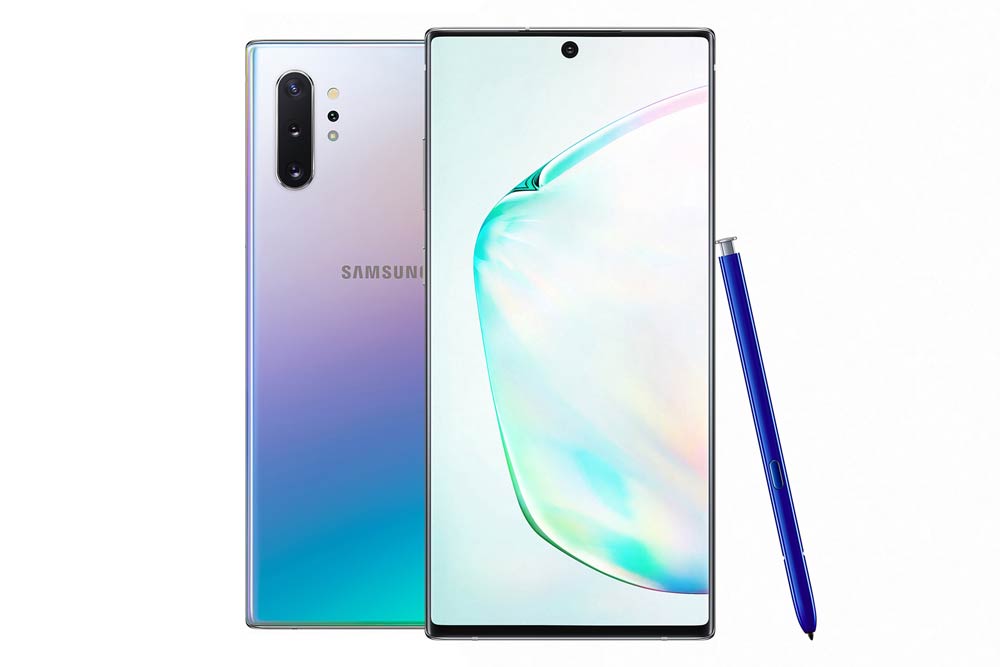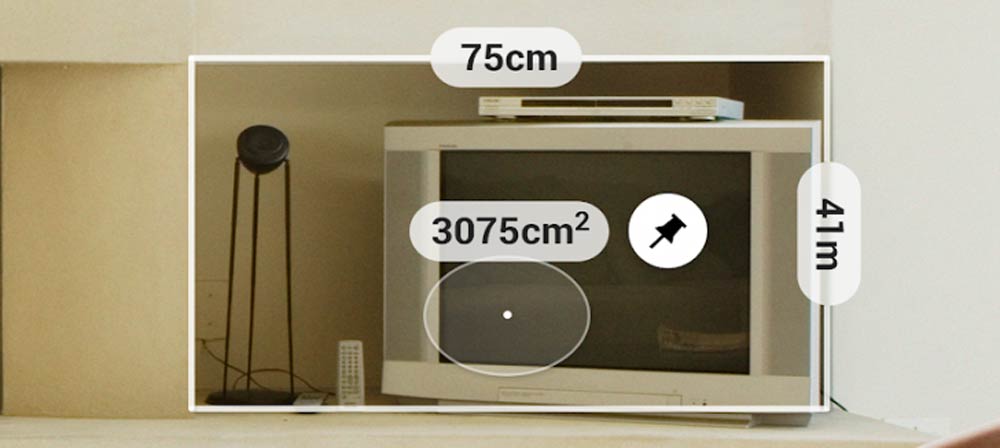Samsung Note 10+ Has a Depth Sensor for 3D Scanning and Augmented Reality Apps
Samsung has elevated its smartphone game with the unveiling of the Samsung Galaxy Note 10 and Note 10 Plus which come packed with a plethora of new features. For the creative users, particularly those that are interested in augmented reality, the new Samsung Note 10+ comes equipped with a depth sensor that will enable users to have a hardware-based augmented reality rendering. This will enable users to scan the “AR Doodle” and the “3D Scanner” features with the new smartphone.

These new sets of tools will enable users to create their own AR doodles or to interact with 3D objects in the real-world environment. This will not be Samsung’s first smartphone with a depth-sensing camera. The tech giant also installed the backside depth sensor in its Galaxy S10 5G. The depth sensor feature will allow users to experience more accurate and advanced augmented reality apps. It, in effect, gives your smartphone some augmented reality superpowers, enabling it to do lots of cool things with AR.
Both the Samsung Galaxy Note 10 and the Galaxy Note 10+ were unveiled during Samsung’s customary launch of its product line. The Note 10 comes with three rear-facing cameras including a 16MP ultra-wide, 12MP wide-angle and the 12MP telephoto. The Note 10+ on the other hand adds a fourth Time-of-Flight(ToF) camera to these three which is a VGA sensor that Samsung calls the DepthVision Camera, whose function is to sense depth.
This almost minor addition of the DepthVision camera gives the Samsung Galaxy Note 10+ some dramatic augmented reality functionality, positioning it as a futuristic smartphone that taps into the growing popularity of AR. The camera can act as a 3D scanner which can be used in capturing any 3D rendering of objects and then transforming it into an animated GIF.
Samsung has also added its own in-house augmented reality measuring app known as Quick Measure which was launched in April this year. It is similar to the Measure AR tools by Apple and Google and will offer users their first taste of augmented reality.

The last feature that Samsung has incorporated in its Galaxy Note 10+ is a twist on AR drawing where the powers of the new DepthVision camera have been paired with its S-Pen. The S-Pen connected stylus and the huge screen design have long been a hallmark of Samsung’s Note series ever since it was launched. Now that the smartphone has a six-axis sensor, the S-Pen can now be used in conjunction with the AR Doodle function that is in the native Camera app to create drawings capable of tracking to the physical space as well as objects.
AR Measurements
For the measuring function, the time-of-flight camera (DepthVision camera) sensors will emit a light pulse and then measure the duration that it will take for the emitted pulse to reach the object and then go back to the camera. This will allow for the calculations of distances and for rooms and objects to be measured in 3D.
Samsung says that the time-of-flight sensors will enable the phone user to scan a real object in 3D and then utilize this to either measure the object or create an animated image. With Quick Measure AR app, this could be used to measure objects without relying on the tape measure depending on the precision of the app solution. However, reviews on the Quick Measure app on Google’s Play Store do imply that the app is not sufficiently accurate. But this is now reduced to an app solution. In the future, we can always have a better AR app that fully leverages the AR hardware to provide more precise measurements.
For creatives, another cool feature is that the touch stylus in the Samsung Note 10+ is now equipped with motion sensors. In combination with the Time-of-Flight sensors, this could be successfully used as a space marker, allowing for augmented reality paintings to be drawn either on real objects or in the air.
If we can recall, Google’s first 3D scanning technology, the Google Tango, was designed to offer better augmented reality functionality with smartphones. The Tango inventors had predicted that in the future their technology would be as ubiquitous in smartphones as the GPS function.
That of course did not go according to plan as Google eventually sidelined Tango in favor of the more agile ARCore. The first smartphones that had the Tango technology also failed in the market prompting Google to turn off the lights on the Tango hardware project in favor of the ARCore which is a purely software implementation.
Now with Samsung’s incorporation of depth-sensing cameras into its smartphones to create a hardware-based implementation of augmented reality in smartphones, the Tango vision is back albeit in a different form.
Moving forward, Apple and Samsung are poised to be the biggest drivers of hardware-based 3D scanning functionality in smartphones. Google Pixel 4 also has a depth camera although this is installed only on the front part to provide for better face recognition.
This development, in addition to the Google Pixel 4 and Apple’s rumored addition of rear-facing depth sensors for its next generation of iPhones, really make for encouraging news. The future is already here and we may just be entering a new era of AR-enabled smartphones.
https://virtualrealitytimes.com/2019/08/09/samsung-note-10-has-a-depth-sensor-for-3d-scanning-and-augmented-reality-apps/https://virtualrealitytimes.com/wp-content/uploads/2019/08/Samsung-Galaxy-Note-10-Plus-600x400.jpghttps://virtualrealitytimes.com/wp-content/uploads/2019/08/Samsung-Galaxy-Note-10-Plus-150x90.jpgAugmented RealityTechnologySamsung has elevated its smartphone game with the unveiling of the Samsung Galaxy Note 10 and Note 10 Plus which come packed with a plethora of new features. For the creative users, particularly those that are interested in augmented reality, the new Samsung Note 10+ comes equipped with a...Sam OchanjiSam Ochanji[email protected]EditorVirtual Reality Times - Metaverse & VR
